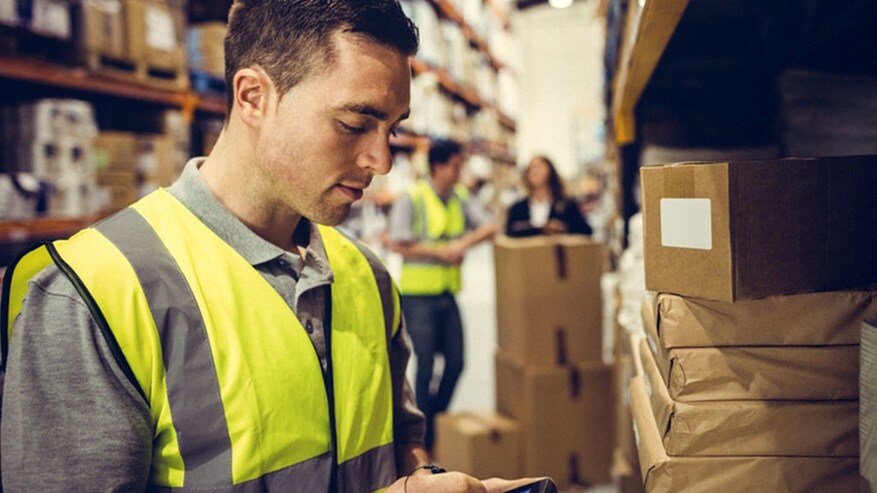Digitalization is shaking up the world of logistics, opening the doors to greater visibility, connectivity and agility. For the freight forwarding industry, the application of these new technologies has shown huge potential to simplify operations. However, it also presents a strategic challenge and a delicate balancing of priorities, investment, customer demand and capacity. All while navigating the industry's complexity and fragmentation.
Digitalization is the use of digital technologies to change a business model and provide new revenue and value-adding opportunities. The COVID-19 pandemic, which brought massive supply chain disruptions and huge growth in ecommerce, accelerated digitalization in freight forwarding. As the International Federation of Freight Forwarders Association points out, the pandemic outbreakd the need for simplification and supply chain resilience, which digitalization helped achieve.
The pandemic also supported the growth of digital freight forwarders. Digital forwarders use technologies to organize and coordinate the movement of goods – everything from taking bookings, managing documentation, tracking shipments, and for quotations and invoicing. The digital freight forwarding market, which accounts for about 8% of the total freight forwarding market, is recording steady compound annual growth rate (CARG) of 23%, according to Allied Market Research. In comparison, the global freight forwarding market as whole is recording a compound annual growth rate (CAGR) of 4.2%.
So, what is the extent of digitalization in freight forwarding today? What does digitalization offer freight forwarders and their customers? And what does it mean for the future of the industry?




